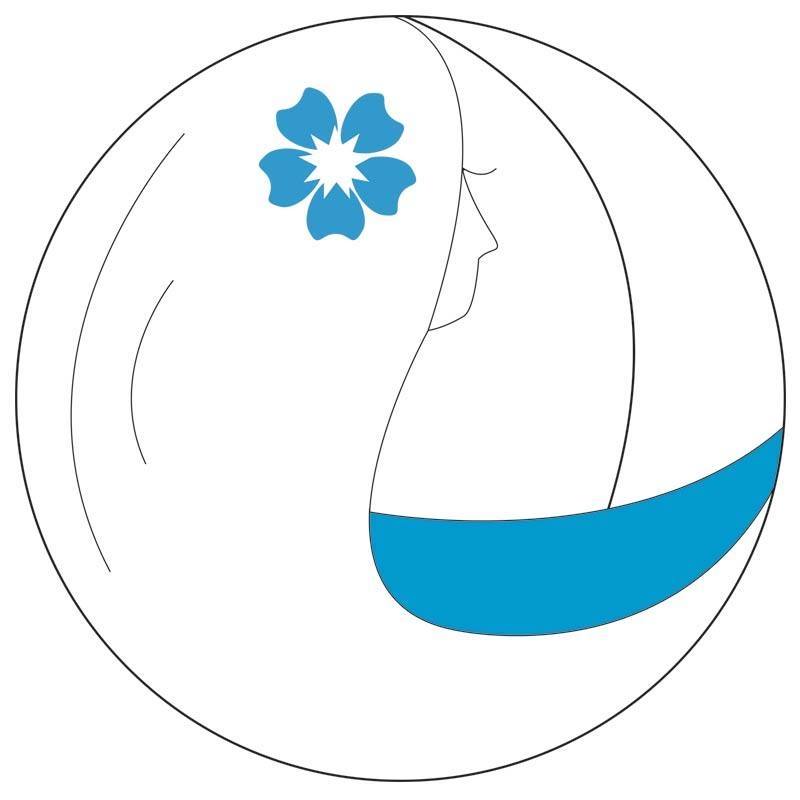
15 Dec Buying a New Sail – We Review the Purchase of Our New Cruising Genoa
If you follow our YouTube channel, you have probably noticed that our primary #2 jib (a 130% genoa) was starting to look pretty bad.
It was delaminated and figuratively hanging in there by a thread. You could see the sunlight through the stitching, and poke your hand between layers. The draft was blown out better than a 1980s hairstyle.
When we bought the boat, we knew the sail was old, approaching 20 years. Well past its normal lifespan. The local sailmaker in Newport said he thought it had one season left in it or 3000 ocean miles.

Well, we got two years out of it and over 7000 hard & fast miles. Not bad. But, old ratty sails are slow, inefficient, and can become a safety issue if they tear, refuse to furl or end up in the water.
When Should We Replace Our Sails?
Let god take it down is fun to say, and works while fully crewed racing, but when sailing your tiny-home doublehanded offshore in a big ocean, that is a far too risky proposition.
We are on a very limited budget, even more so, like many, after a year lost to the pandemic. We thought very hard and did a lot of research before committing to such a major purchase. For us, replacing our primary headsail was a big deal.

I will save you our thoughts, as we could probably write a book about sail plans, crossovers, polars, etc. We finally decided to leave things well enough alone and go for an exact match replacement, kind of.
Being avid racers we know sails very well and are quite picky.
What Type of Sail Material is Best for Us?
There were only a few options that made sense.
- Dacron
- Hydranet
- High tech materials
Dacron was the cheapest option, but its shape-holding ability is the least. Sail shape is very important to us. We would likely have to replace a Dacron sail again before our trip is over.
Hydranet is a very strong material, but it is also the heaviest option. Its shape-holding is much improved over dacron, but it does lose performance over time. It is resistant to stains and good for the tropics. It is also expensive, coming close to the cost of a high-tech sail.
High-tech sails, laminates, or membranes, are normally known as racing sails, but there are cruising and RTW-level high-tech sails. You see these on Vendée Globe and VOR boats. They are lighter and hold their shape best, but are also the most costly. They are easy to repair as they can be glued instead of sewn.
We like to measure our enjoyment in smiles per mile though. We like to sail fast, and the fact is membrane-type sails hold their shape the best mile after mile.
Where to Purchase Our New Sail?
After much consideration of all the pros and cons, we finally chose an Evolution Sails Expedition Membrane genoa. We purchased it from Evolution Sails Chicago Loft, run by Andy Camarda who we knew well from racing. We had seen the performance, shape, and quality of his sails on boats we have raced against. He is not only a racer, he has a passion for long distance sailing as well. We had a lot of trust in his knowledge, as well as the designers at Evolution in NZ. Andy worked hard to get us the best price possible and arrange for overseas delivery.

How are Membrane Cruising Sails Built?
These are built in New Zealand with precision laid load path carbon fibers. The cruising Expedition series has extra fibers for more durability, and these fibers are designed and laid custom for your boat type, sailing conditions, reefing configurations, etc.
After the fibers are laid and the membrane is sealed tight, layers of taffeta are added on both sides.
The sail has a 3 layer foam luff for improved aerodynamics and a WeatherMax sun cover to protect it when furled. One of the coolest parts of the membrane tech is the ability in production to insert spreader patches and chafe reinforcement inside the sail itself.

The lamination is surprisingly thin because of the new membrane methods, and the sail is loaded with carbon for strength! These aren’t like the old-school laminate sails of the 90s and 00s. Technology has improved greatly.
Are We Happy With Our New Genoa?
The bottom line is our sail showed up, fit perfectly the first time, and looks beautiful. We can’t wait to get off the dock and see what type of gains we see. We have thousands of ocean miles coming soon to test and review our new sails performance.


Sorry, the comment form is closed at this time.